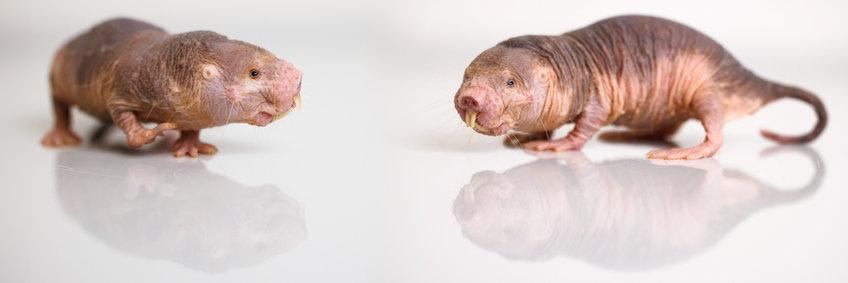
Animal Experiments at our Institute
At our institute, we use alternative methods such as cell culture or computer simulations to replace animal models wherever possible. However, these alternatives are not sufficient to study complex biological processes. Therefore, animal experiments remain an essential part of our research.
Why is it useful to study the brains of many species?
Long before neuroscience became an independent field of study, scientists interested in the brain from a variety of disciplines, including neurology, psychology, and philosophy, studied the behavior of different animal species. Since 1900, neuroscience has become one of the most exciting and diverse disciplines in modern science. The achievements of the last 100 years have been based on experimental work with a variety of species from all major animal groups. These include the horseshoe crab Limulus, other crab species, insects, mollusks, and many vertebrates such as lampreys, fish including electric fish, frogs, salamanders, turtles, owls, rabbits, cats, bats, ferrets, and primates including humans, to name a few. In these many different systems, basic neuroscientific facts and concepts such as action potentials, firing rates, adaptation, excitatory and inhibitory neurotransmission, membrane currents, ion channels, receptive fields, brain maps, lateral inhibition, neuromodulation, central pattern-generating circuits, neuronal oscillations, brain rhythms, and other dynamic regimes have been demonstrated for the first time.
Through this research, we have gained fundamental insights into the brain. Some of these insights include how neurons transmit signals (action potentials), how they respond to stimuli (firing rates), how they adapt to repeated stimuli (adaptation), and how they communicate with each other (neurotransmission). Other important concepts are the currents that flow through cell membranes, the ion channels that control membrane permeability, and the maps in the brain that represent different sensory fields.
The study of many different animals has helped discover general principles of neuroscience that apply to all brains and organisms. Another advantage of studying different species is that the results are often transferable to other species and have practical benefits. For example, much of our knowledge about the biophysics of neuronal membranes comes from studies of squid, which have giant nerve fibers. These have evolved to enable rapid escape responses. Similarly, much of our knowledge about sound source localization comes from barn owls, which are excellent at locating prey in the dark. This strategy of finding model systems that best address specific research questions is typical of the neuroethological perspective.




